Enshrined Deity: Takeminakata
Address: 〒830-0037 Fukuoka-ken, Kurume-shi, Suwanomachi
Most of my information on Suwa Jinja in Kurume comes from a wonderful blog that documents shrines in Western Japan. So if you can read Japanese, please check it out here: 産土神名帳 (republished with permission)
~~ NOTE: As always, the pictures below often have captions, so please click on them to enlarge and see my comments. ~~
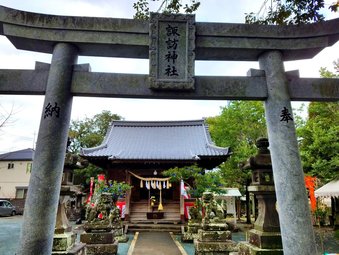
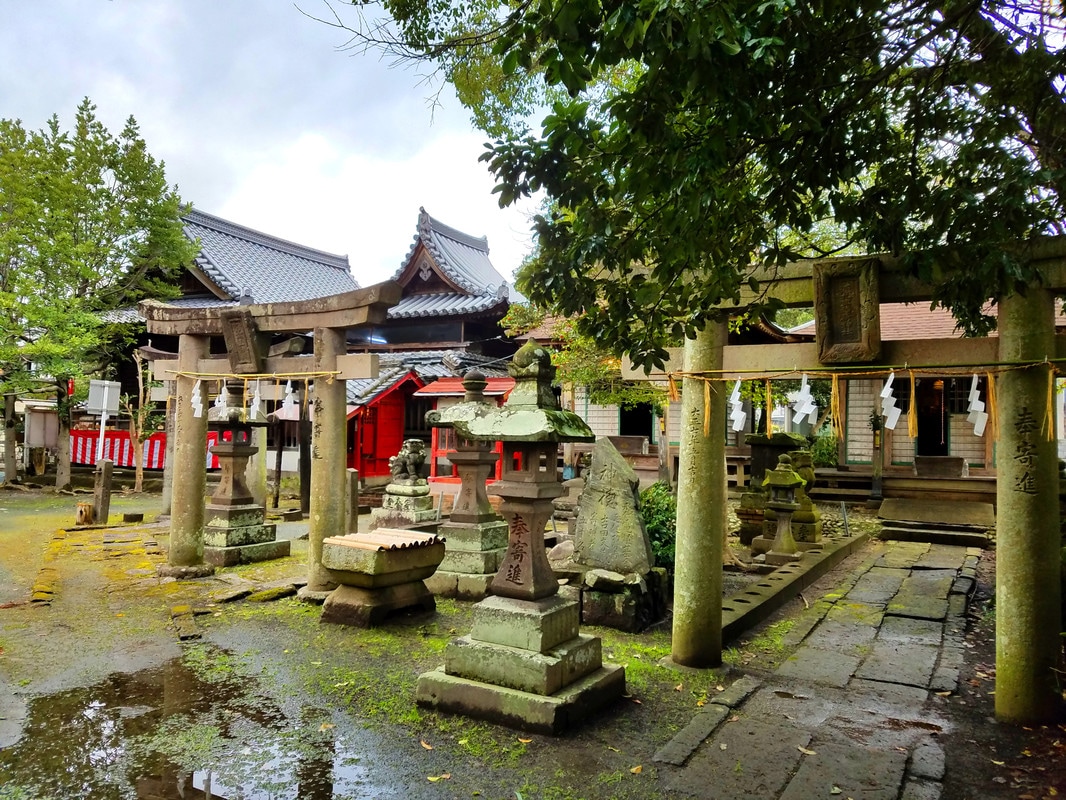
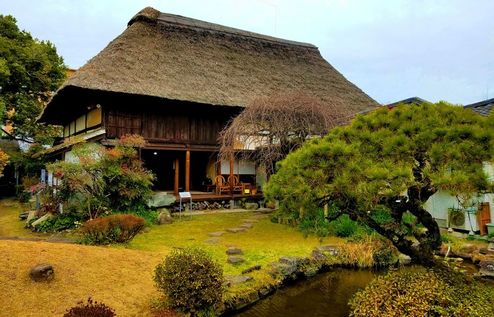
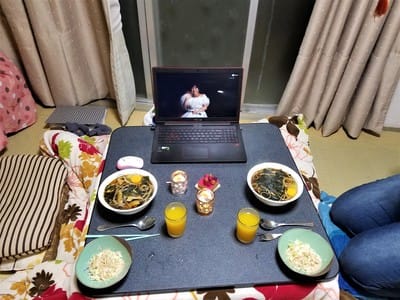
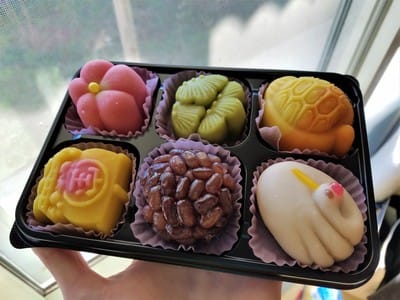
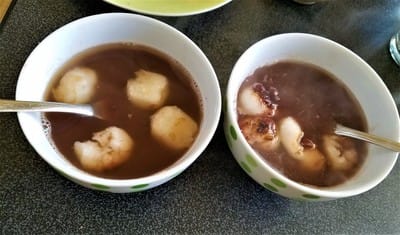

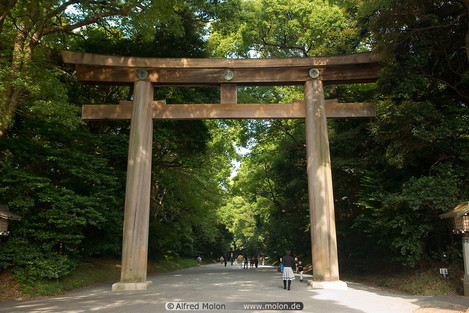
 RSS Feed
RSS Feed
